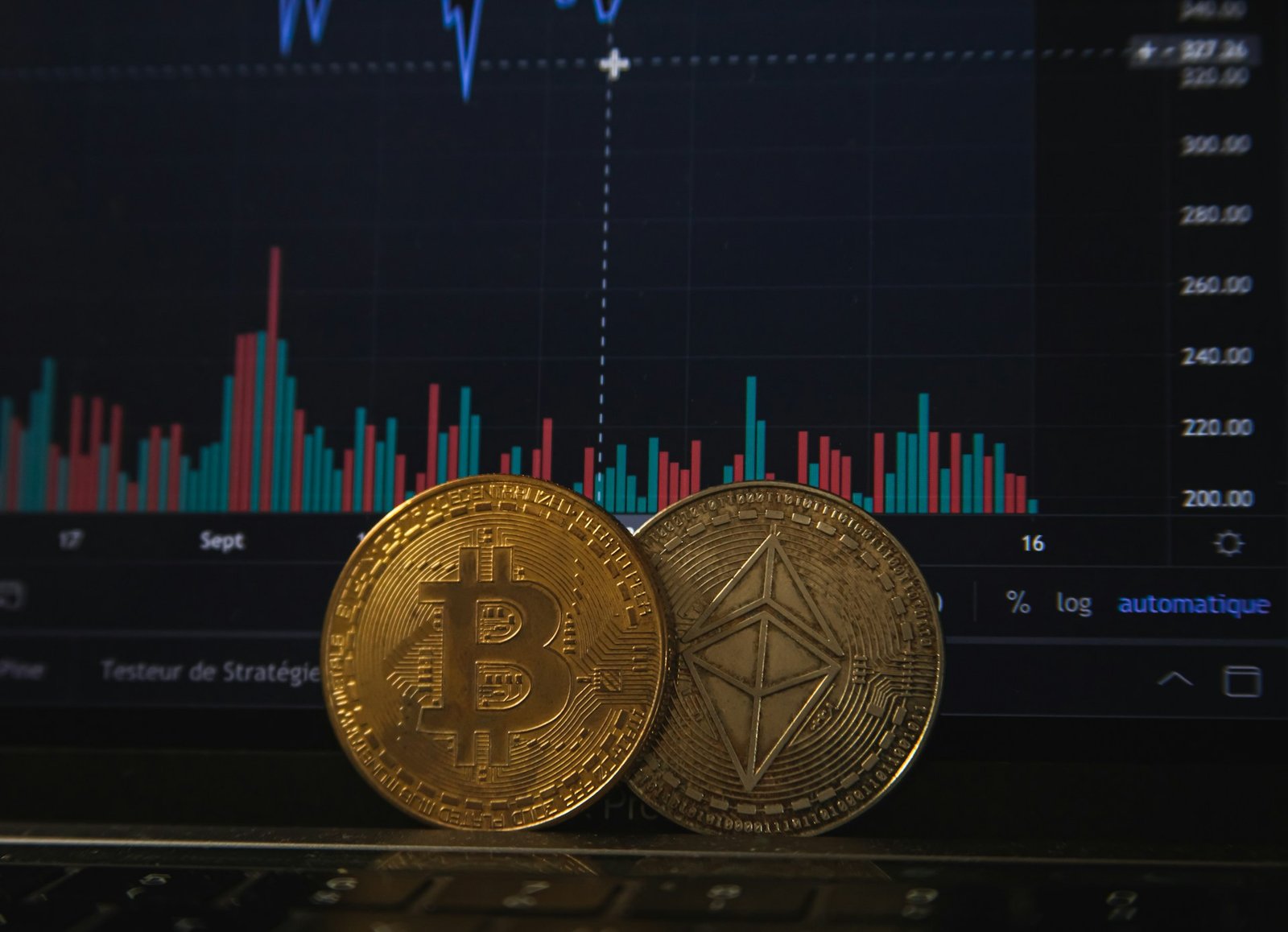It hasn’t been too long since cryptocurrency was introduced to the world, but after a decade or so, the adoption of crypto across the globe has skyrocketed to over 560 million users in 2024.
Among other factors, what’s fueling this trend is the massive wave of technological advancements that we’ve witnessed over the years.

We are moving towards a world where money moves instantly, borders don’t matter, and you have more control over your finances. This is why it’s become important to look into how technology has been powering the shift toward cryptocurrency, from changes in the global economy to the rise of AI in investing and more.
Blockchain, AI Agents, and CBDCs
One area where new technologies and crypto are merging comes from the realm of AI agent coins. Used as a currency to help decentralized AI systems run smoothly, they can be used to pay people—like developers or data providers who improve the system. This in turn creates a decentralized system of governance of sorts as people are also rewarded for following the rules.
According to crypto gurus, there’s a reason why investors should also be looking to add some of the best AI agent coins to their holdings. As AI becomes more deeply integrated into financial services, more people will want these special tokens, and their value could climb fast.
On the other hand, the future of automated investing now lies in the hands of technologies like Blockchain and CDCs (Central Bank Digital Currencies). Without blockchain technology, crypto wouldn’t exist, and the improvement of blockchain continues to play a pivotal role in expanding adoption.
Things like layer 2 solutions, faster transaction processing, and lower fees are making it easier for users to interact with crypto in real-time applications such as payments, gaming, and finance. Governments are also getting involved with Central Bank Digital Currencies (CBDCs), which are digital versions of traditional currencies but are built on blockchain.
CBDCs are particularly influential in Asia, where countries like China have successfully launched digital yuan initiatives. These projects familiarize the masses with digital wallets and are paving the way for greater crypto adoption alongside government-backed assets.
Expanding Accessibility
Every region in the world has formulated different ways to adopt crypto, and traditional financial systems are starting to become more accepting of it. User-friendly apps and platforms have made buying, selling, and managing crypto easier than ever. Think of apps that let you buy small amounts of Bitcoin or Ethereum with just a few taps on your phone.
This kind of accessibility is highly valuable for bringing in new users; take Asia for an example (which accounts for 60% of global crypto users). Countries like India, Vietnam, and Thailand have some of the highest crypto ownership rates in the world, partly because many people in these regions are tech-savvy and open to new financial tools.
But it’s not just Asia, South America has also shown the fastest year-over-year growth in users, with Argentina and Venezuela turning to crypto as a way to protect their savings. As mentioned before, each region has its own reasons, but the common thread here is the search for better financial solutions.
Changing The Financial Infrastructure
Some European banks now offer crypto services, making it safer and easier for customers to buy and hold digital assets. The European Union has introduced MiCA (Markets in Crypto-Assets Regulation), a set of rules for stablecoins and crypto exchanges. With clearer regulations, major banks and companies feel more confident entering the crypto space. This drives mainstream adoption.
Decentralized finance (DeFi) is merging with traditional finance (TradFi), creating new opportunities. DeFi uses blockchain to provide financial services without banks. But when the two collaborate, innovation accelerates.
Having the option to use both systems makes life easier for individual and institutional crypto users. Banks are also adopting blockchain for settlements, supply chain finance, and identity verification. This shows how deeply the technology is integrating into global finance.
Technology As a Safety Net for Investments
Despite the growth of crypto adoption, it still faces security challenges such as hacks and phishing scams. These risks deter some potential users, especially older investors who prioritize safety over innovation.
To counter these fears, crypto platforms and communities are stepping up with educational content that teaches users how to spot and avoid scams. They’re also adding security features like two-factor authentication (2FA) and cold storage, which keeps assets safe by storing them offline. On top of that, some platforms now offer insurance options, giving investors extra peace of mind when storing their digital assets.
The growing interest in major assets like Ethereum, Solana, and even AI agent coins signals that confidence is steadily rising and people are learning more about how to protect their investments. Education and awareness are key to building trust and overcoming these security concerns.
Who is Making Crypto So Popular?
It’s no surprise that younger generations like Millennials and Gen Z are the biggest crypto adopters globally. They grew up with smartphones, social media, and digital wallets, therefore, they are more comfortable with digital assets. Many of them see crypto as a long-term investment, believing it will play a major role in the future of finance.
Their technology awareness gives them the confidence to explore new financial tools, which is a major advantage for upcoming coins and crypto platforms. Many see Bitcoin and Ethereum not just as assets but as foundations for a new, decentralized financial system.
Conclusion
Technological advancements have already proven how powerful they can be in transforming the financial sector. We’re likely to see a massive rise in crypto users due to the innovation of better systems. From blockchain upgrades to AI-powered trading, technology is slowly but surely increasing the need for global crypto adoption.
As platforms become easier to use, regulations become clearer, and new integrations such as AI agent coins come up, the role of crypto in the global economy will only grow. This technological evolution reduces barriers, expands use cases, and builds confidence for both everyday users and institutional investors.






